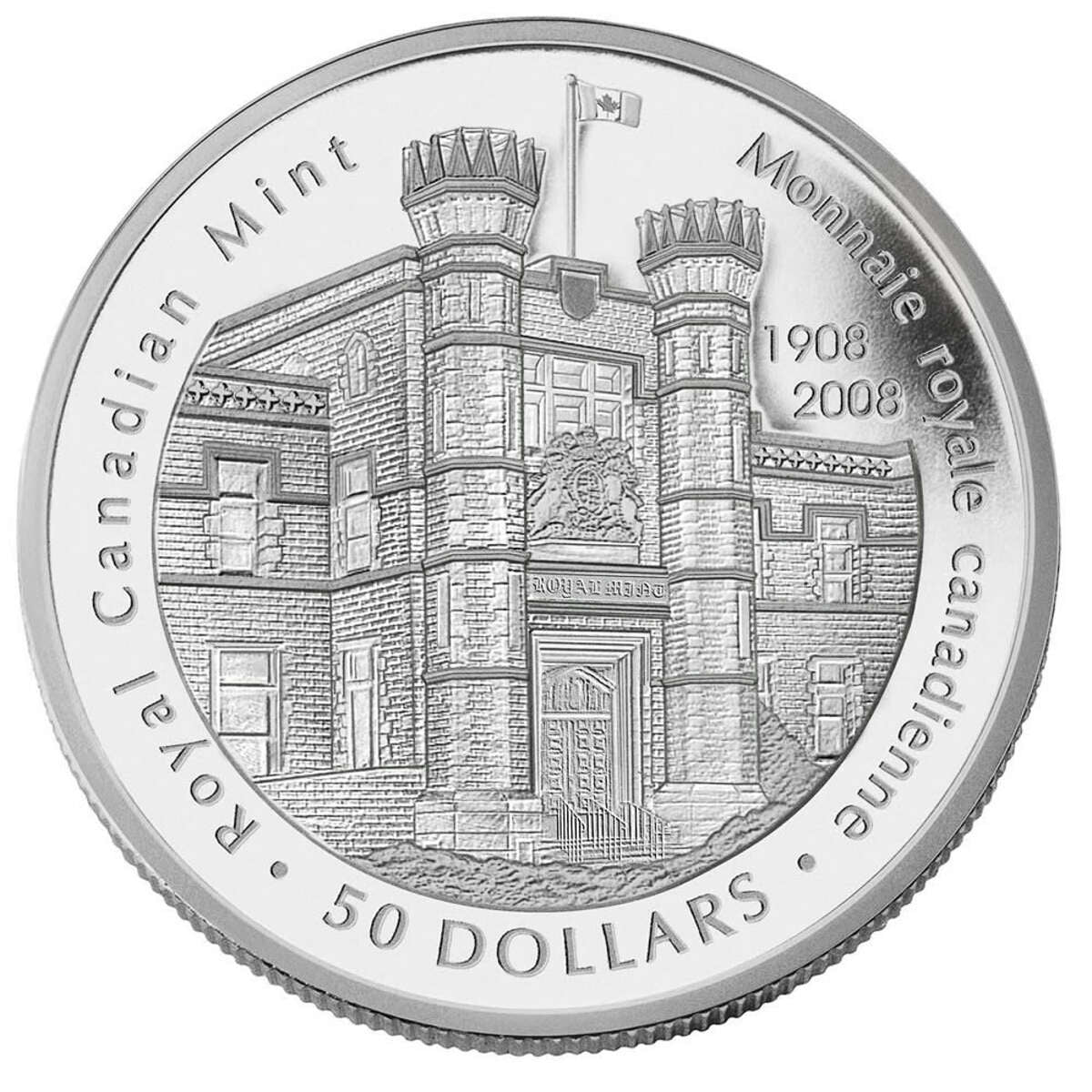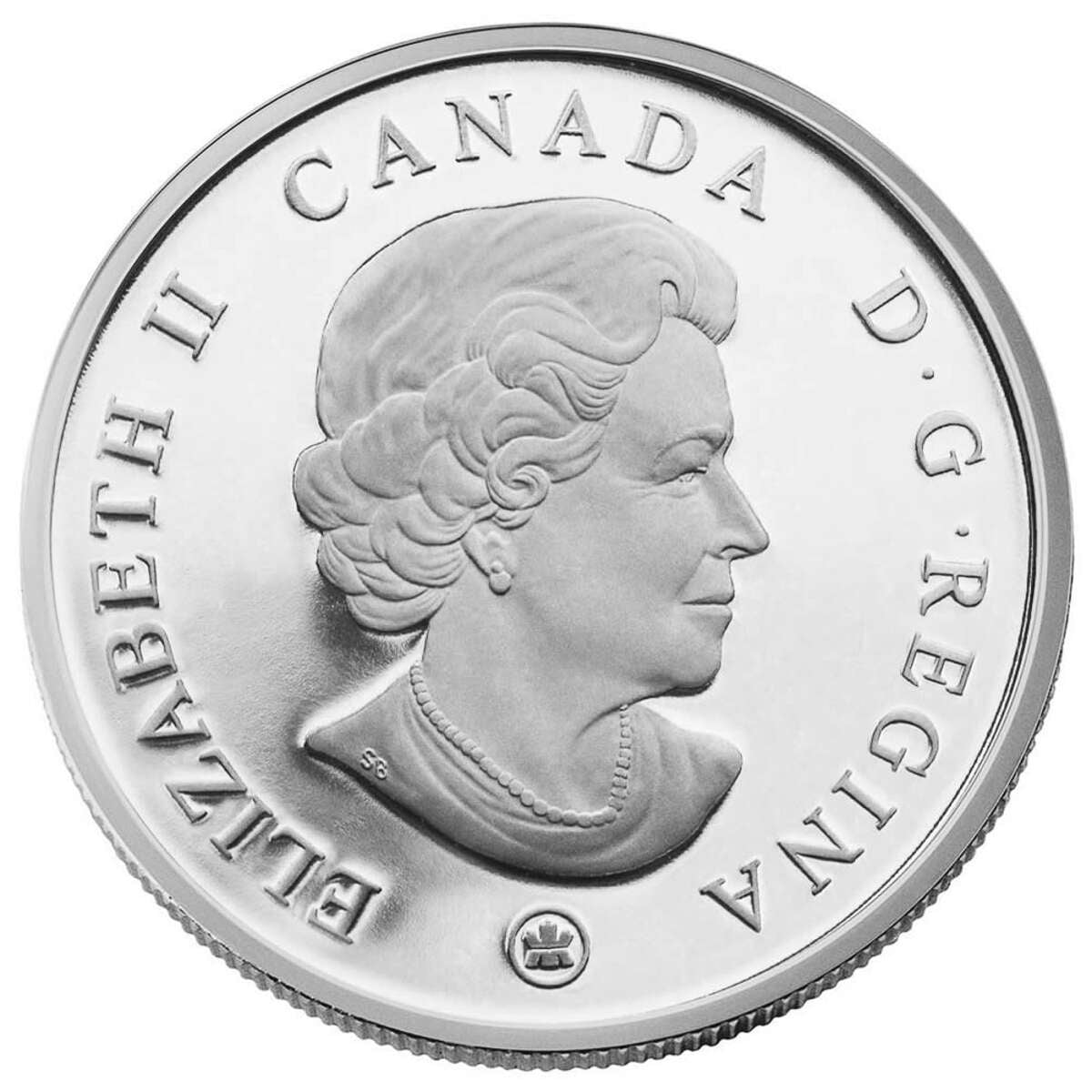Description
On January 2, 1908, the regal-looking building east of the Parliament Buildings in Ottawa (Ontario) was the scene of much pomp and pageantry. On hand were the elite from Canada's financial and political circles.
History was made when Governor General Earl Grey struck the nation's first domestically produced coin – a 50-cent piece. A few moments later, the first bronze cent was struck by Lady Grey.
For a young Canada, the opening of the Ottawa Branch of London's Royal Mint was a confident step forward, even if control over its coin designs and tools remained overseas. This began to change in 1931 when the Mint was transferred to the federal government. By 1936, the first ‘all-Canadian’ coin designs still used today were circulating.
From the beginning, innovation has been the hallmark of the Mint, with a revolutionary coin plating process, purest 99.999% numismatic gold coin and coloured circulation coin just a few of its internationally renowned firsts.
In 1979, a new state-of-the-art facility in Winnipeg (Manitoba) took the automated production of circulation coins to new heights, while the Ottawa (Ontario) location continued to focus on bullion (investment) and numismatic (collector) coins as well as refining/assaying services.
Today, 100 years after its official opening, people still flock to the heritage building on Sussex Drive to see the captivating process of transforming metal into coins. The words Royal Mint above the entrance, along with the Royal Coat of Arms on the entrances to the Peace Tower and Rideau Hall, echo an enduring link with the United Kingdom.
History was made when Governor General Earl Grey struck the nation's first domestically produced coin – a 50-cent piece. A few moments later, the first bronze cent was struck by Lady Grey.
For a young Canada, the opening of the Ottawa Branch of London's Royal Mint was a confident step forward, even if control over its coin designs and tools remained overseas. This began to change in 1931 when the Mint was transferred to the federal government. By 1936, the first ‘all-Canadian’ coin designs still used today were circulating.
From the beginning, innovation has been the hallmark of the Mint, with a revolutionary coin plating process, purest 99.999% numismatic gold coin and coloured circulation coin just a few of its internationally renowned firsts.
In 1979, a new state-of-the-art facility in Winnipeg (Manitoba) took the automated production of circulation coins to new heights, while the Ottawa (Ontario) location continued to focus on bullion (investment) and numismatic (collector) coins as well as refining/assaying services.
Today, 100 years after its official opening, people still flock to the heritage building on Sussex Drive to see the captivating process of transforming metal into coins. The words Royal Mint above the entrance, along with the Royal Coat of Arms on the entrances to the Peace Tower and Rideau Hall, echo an enduring link with the United Kingdom.




